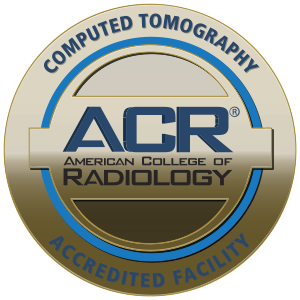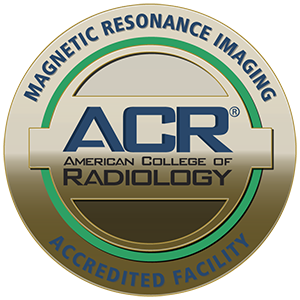While CT scans and MRIs are often used interchangeably, they are different types of tests used to diagnose various parts of the body. A radiologic technologist licensed to perform CT scans is not necessarily trained to perform MRIs—and vice versa. Each requires its own certification to perform. Lumina has techs trained in both imaging techniques.
The biggest difference between a CT scan and an MRI is the use of radiation and a magnetic field. CT scans use radiation; an MRI uses a powerful magnetic field and highly complex computer system to create high-contrast resolution images of any part of your body.
An MRI is more time-intensive than a CT scan. It takes about 20-30 minutes and requires the patient to lie completely still during that time. Patients must undergo a screening questionnaire with the technologist to rule out contraindications, which are medical reasons an MRI cannot be performed. Metallic foreign bodies in the eye, certain medical devices and some other conditions prevent patients from getting MRIs.
A physician may order an MRI scan when looking for or assessing the following:
- Neurological disorders like epilepsy, multiple sclerosis (MS), stroke, brain tumors, aneurysms, etc.
- Pain in the neck and back to evaluate for disc herniations, facet problems (arthritis-like condition) and neural compression (squeezed or compacted nerves)
- Detailed evaluation of the liver, pancreas, kidneys and many other organs for pathologies such as cancer
- Chronic pain in the knee, shoulder, ankle, hips etc. or to look for ligament injuries in acute trauma
- Any other indications as evaluated by your medical provider
Learn more about the differences between CT scans and MRIs on our blog, and visit our FAQ section for more information.





